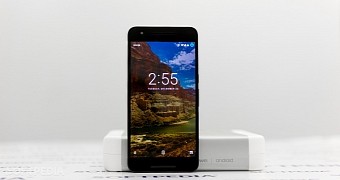Devices running Android are being targeted by a new version of the Tordow malware, which was originally discovered earlier this year and attempts to obtain root privileges to perform a series of actions, such as stealing passwords.
Security firm Comodo writes that Tordow 2.0 is aimed at users in Russia, but it can be used in attacks elsewhere as well.
It is primarily a mobile banking Android Trojan that attempts to root the device in order to get full control and then perform a series of tasks that include the following: make telephone calls, control SMS messages, download and install programs, steal login credentials, access contacts, encrypt files, visit webpages, manipulate banking data, remove security software, reboot a device, rename files, and act as ransomware.
How it can infect an Android phone
First and foremost, it needs to be mentioned that user interaction is absolutely necessary to get an Android phone infected with Tordow. The malware spreads through apps that are available in third-party stores, so as long as you stay away from such stores, or download only apps from sources that you trust, there are very small chances to be infected.
Comodo says attackers download these apps, reverse-engineer them to inject the malware, and then reupload the apps in the stores. Titles such as Pokemon Go, Telegram, and Subway Surfers have already been infected, so you'd better stick to the official Play store to remain secure.
Since they are delivered as APK files, these applications can also spread via social media or other sites, so it’s important to always download from sources that you can trust.
How it works
Once installed with a malicious app, the Trojan attempts to gain root privileges and then connect to a command-and-control center to wait for more commands.
Afterward, attackers can do anything they want, but for the moment, it appears that bank accounts are primarily targeted, as cybercriminals want financial information from Russian users.
Removing Tordow from an infected device is particularly difficult since it gets root access, so flashing a new firmware might be the best way to do it, as deleting the source app that led to the infection does virtually nothing.

 14 DAY TRIAL //
14 DAY TRIAL //